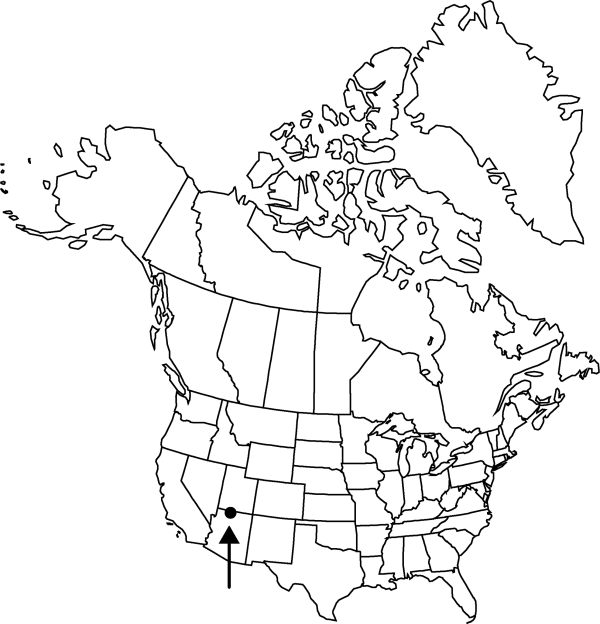Difference between revisions of "Pediocactus sileri"
Cact. Succ. J. (Los Angeles) 33: 53. 1961.
FNA>Volume Importer |
FNA>Volume Importer |
||
| Line 11: | Line 11: | ||
|name=Echinocactus sileri | |name=Echinocactus sileri | ||
|authority=Engelmann ex J. M. Coulter | |authority=Engelmann ex J. M. Coulter | ||
| + | |rank=species | ||
|publication_title=Contr. U.S. Natl. Herb. | |publication_title=Contr. U.S. Natl. Herb. | ||
|publication_place=3: 376. 1896 | |publication_place=3: 376. 1896 | ||
| Line 17: | Line 18: | ||
|name=Utahia sileri | |name=Utahia sileri | ||
|authority=(Engelmann ex J. M. Coulter) Britton & Rose | |authority=(Engelmann ex J. M. Coulter) Britton & Rose | ||
| + | |rank=species | ||
}} | }} | ||
|hierarchy=Cactaceae;Cactaceae subfam. Cactoideae;Pediocactus;Pediocactus sileri | |hierarchy=Cactaceae;Cactaceae subfam. Cactoideae;Pediocactus;Pediocactus sileri | ||
| Line 42: | Line 44: | ||
-->{{#Taxon: | -->{{#Taxon: | ||
name=Pediocactus sileri | name=Pediocactus sileri | ||
| − | |||
|authority=(Engelmann ex J. M. Coulter) L. D. Benson | |authority=(Engelmann ex J. M. Coulter) L. D. Benson | ||
|rank=species | |rank=species | ||
| Line 57: | Line 58: | ||
|publication year=1961 | |publication year=1961 | ||
|special status= | |special status= | ||
| − | |source xml=https://jpend@bitbucket.org/aafc-mbb/fna-data-curation.git/src/ | + | |source xml=https://jpend@bitbucket.org/aafc-mbb/fna-data-curation.git/src/f50eec43f223ca0e34566be0b046453a0960e173/coarse_grained_fna_xml/V4/V4_394.xml |
|subfamily=Cactaceae subfam. Cactoideae | |subfamily=Cactaceae subfam. Cactoideae | ||
|genus=Pediocactus | |genus=Pediocactus | ||
Revision as of 21:40, 16 December 2019
Plants few branched or unbranched. Stems depressed-ovoid or occasionally elongate-cylindric, 5–15(–25) × 6–11.5 cm; areoles circular to pyriform, villous to lanate. Spines distinguishable as radial and central: radial spines 11–15 per areole, white, 11–21 mm; central spines 3–7 per areole, nearly porrect, brownish black aging to pale gray or white, straight or slightly curving at tips, 13–30 × 1 mm at base. Flowers 0.8–2.2 × 2–3 cm; scales long fringed; outer tepals brown with white margins, long fringed, 9–15 × 3–4.5 mm; inner tepals yellow with purple veins, 15–20 × 4.5–6 mm. Fruits greenish yellow, short cylindric, 12–15 × 6–9 mm. Seeds gray to nearly black, 3.5–5 × 3–3.5 mm, papillate and rugose.
Phenology: Flowering spring.
Habitat: Rounded hills in gypsum clay and sandy soils of Moenkopi Formation, Great Basin desert scrub
Elevation: 900-1600 m
Discussion
Of conservation concern.
Pediocactus sileri stems tend to develop a basal thatch of spines that anchor it to the fine, gypsum-rich soil. This species is endemic to a narrow strip along the Arizona-Utah border.
Selected References
None.
